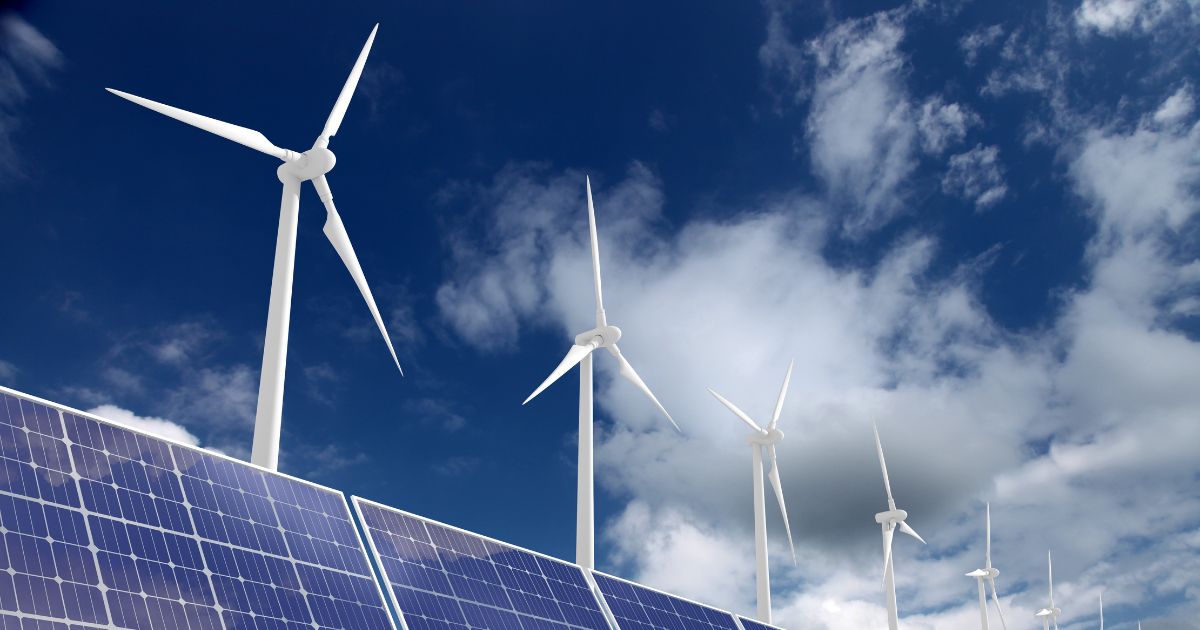In recent years, renewable energy has shifted from being an environmental dream to a global necessity. As climate change continues to challenge economies, communities, and ecosystems, countries across the world are racing to develop cleaner, smarter, and more efficient ways to power our lives. What’s fascinating is that each continent is contributing unique solutions, shaped by its geography, resources, and culture. The future of renewable energy will not be built in one place — it will be a mosaic of global innovations.
Asia: Pushing the Boundaries of Solar and Floating Farms
Asia is home to some of the fastest-growing economies and largest populations, making energy demand immense. To meet this demand sustainably, countries like China, India, and Japan are leading ambitious renewable projects.
China, the world’s largest producer of solar panels, is expanding into floating solar farms — vast arrays of panels placed on lakes and reservoirs. This not only saves land space but also keeps water bodies cooler, improving efficiency. One of the largest examples is the floating solar plant in Anhui Province, generating enough energy to power thousands of homes.
India is scaling solar energy at an unprecedented pace, with massive projects like the Bhadla Solar Park in Rajasthan, which covers more than 14,000 acres. In addition, India is experimenting with solar-powered irrigation to help farmers reduce dependency on expensive diesel pumps.
Japan, with limited land space, has been innovating in offshore floating wind farms and wave energy projects, turning its coastal geography into a renewable advantage.
Europe: Offshore Wind and Green Hydrogen Leadership
Europe’s renewable strategy is deeply rooted in policy and technology. Many countries are already operating with a significant share of renewable power in their grids.
The United Kingdom, Denmark, and the Netherlands are pioneers in offshore wind farms, building gigantic turbines in the sea to harness powerful ocean winds. The Hornsea Project in the UK is currently one of the largest offshore wind farms in the world, producing energy for over a million homes.
Germany is taking wind and solar a step further with green hydrogen. This involves using renewable electricity to split water into hydrogen and oxygen. The hydrogen can be stored and used as a clean fuel for industries, transportation, and even heating — solving one of the biggest challenges of renewables: storing energy for when the sun isn’t shining or the wind isn’t blowing.
Meanwhile, Nordic countries like Norway and Iceland are using geothermal energy to power communities and even large industries. These nations are proving that natural heat from beneath the Earth’s crust can be tapped into efficiently and sustainably.
North America: Large-Scale Batteries and Carbon-Neutral Cities
North America’s renewable innovation is being driven by both private industry and government initiatives.
In the United States, states like California and Texas are leading in solar and wind capacity, but the spotlight is now on energy storage. Companies are building mega battery farms, such as Tesla’s Megapack installations, which can store huge amounts of energy and release it when needed. This directly tackles the intermittent nature of renewables and makes them more reliable.
Canada, with its vast hydropower resources, is integrating pumped-storage hydro systems with wind and solar plants to balance the grid. The country is also exploring bioenergy from agricultural waste, giving farmers a way to earn extra income while producing clean power.
Some U.S. cities, like Austin and Portland, are working towards becoming carbon-neutral cities — where every building, vehicle, and industry operates on renewable energy. These cities are combining solar rooftops, electric public transport, green building standards, and waste-to-energy plants to cut emissions dramatically.
South America: Solar Deserts and Amazonian Hydro
South America is blessed with vast natural resources, making it a strong player in renewables.
Chile’s Atacama Desert is one of the sunniest places on Earth, making it perfect for solar farms that operate at extremely high efficiency. The country is building large-scale concentrated solar power plants, which use mirrors to focus sunlight onto a central tower that stores heat for power generation, even at night.
Brazil has long been a hydropower leader, thanks to the Amazon and its river systems. Now, it is investing in small-scale hydro plants to reduce the environmental impact of giant dams while still producing renewable electricity. The country is also developing offshore wind farms along its long Atlantic coast.
Argentina and Uruguay are pushing into onshore wind power, with wind corridors in Patagonia delivering some of the highest capacity factors in the world.
Africa: Leapfrogging to Clean Energy with Off-Grid Solutions
Africa’s renewable story is unique because many regions are building energy infrastructure from scratch. Instead of going through decades of fossil fuel dependency, countries are leapfrogging directly to clean energy.
Kenya is a leader in geothermal energy, tapping into the Great Rift Valley’s volcanic activity. More than 40% of Kenya’s electricity now comes from geothermal sources.
In countries like Rwanda, Uganda, and Nigeria, off-grid solar systems are transforming rural life. Small solar kits with battery storage are allowing households to power lights, charge phones, and even run small businesses without needing to connect to a national grid.
Morocco is home to the Noor Ouarzazate Solar Complex, one of the largest concentrated solar plants in the world, producing energy for millions while reducing carbon emissions dramatically.
Oceania: Harnessing Sun, Wind, and Waves
Australia and New Zealand are pushing innovative renewable projects, often in remote or coastal areas.
Australia’s sunny climate makes it a solar powerhouse. Projects like the Sun Cable aim to export solar energy to Singapore via an undersea cable — a project that could become a blueprint for international clean energy trade.
New Zealand, already powered largely by hydropower and geothermal sources, is experimenting with tidal energy and wave power. These systems use ocean currents and waves to generate electricity, offering a constant and predictable source of energy.
Pacific Island nations are also investing in microgrids powered by solar and battery systems, helping them reduce dependence on expensive imported diesel.
The Challenges and the Road Ahead
While innovation is accelerating, renewable energy still faces hurdles. Energy storage needs to become cheaper and more scalable, infrastructure must be upgraded to handle decentralized power generation, and investment must reach developing nations faster.
However, the direction is clear: renewable energy is not a niche option anymore. It is becoming the backbone of modern economies. What’s inspiring is how different continents are approaching the challenge in their own way — some focusing on sun, some on wind, some on geothermal heat, and others on ocean power.
The future will likely be a global patchwork of these solutions, interconnected through smart grids and possibly even cross-continental energy sharing. If current trends continue, the next few decades could mark a turning point where clean energy is not just the preferred choice, but the default one.



